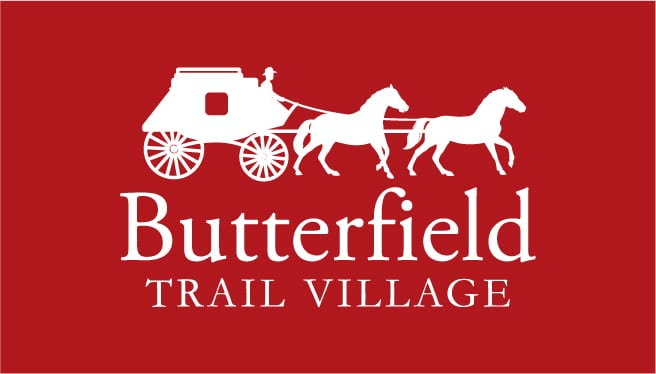New mindful hiking program invites deeper connection to nature and self
This fall, the seasonal hiking program at Butterfield Trail Village is taking a thoughtful new direction. Rather than focusing on mileage or pace, the upcoming series will emphasize stillness, sensory awareness and the restorative power of moving slowly and deliberately through nature.
Wellness Director Jennifer Neill, who recently completed her certification in Forest Therapy, is bringing this evidence-based approach to the community’s fall hikes. Her goal is to create space for all residents, not just the swift or sure-footed, to reconnect with the natural world in more meaningful ways.
Over the years, Neill has observed that many older adults begin to feel a quiet disconnection from nature as changes in their sensory perception emerge. High-frequency hearing loss can make birdsong harder to detect. Reduced visual contrast can dull the brilliance of colorful foliage. Even the feel of a breeze or the scent of the forest can seem more distant, but research shows that mindful, immersive time in nature can help rebuild those bridges.
The Science Behind the Benefits of Outdoor Immersion
Multiple research studies confirm that slow, sensory-based nature experiences can:
 Redirect attention and help compensate for sensory decline by guiding awareness to subtle details
Redirect attention and help compensate for sensory decline by guiding awareness to subtle details- Engage multiple senses, enriching perception even when one sense is diminished
- Lower cortisol and reduce stress to improve mood and overall well-being
- Support cognition, including memory, attention and executive function
- Improve sleep by regulating the circadian rhythm through more exposure to natural light
These benefits will form the foundation of the fall hiking series. Each weekly walk will include time for gentle movement, moments of stillness and guided invitations to engage with the environment through touch, smell, sound and sight. Walks will take place in a variety of accessible natural spaces, and some will include short talks from guest naturalists to enrich the experience. Additionally, outings will incorporate different subjects, ranging from topics like birding and forest floor biodiversity to indigenous lore and nature as medicine.
Participants will gather for a shared reflection and outdoor lunch at the end of every walk. Whether it’s mindfully noticing the rustle of leaves, the play of shadow and light or recognizing the rhythm of birdsong in the distance, the goal will be to help residents experience the joy of noticing the nuances of their forest surroundings.
This program will start in September and welcomes walkers of all levels. The objective won’t be about how far or fast a person can go, but how deeply they can experience the journey itself.
